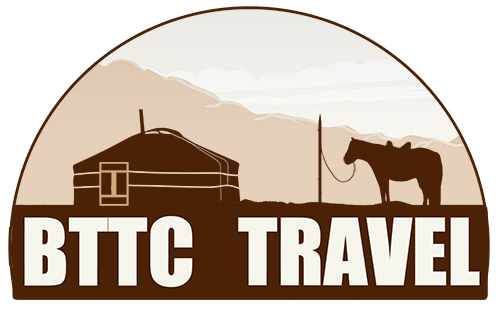Before you visit MONGOLIA
Accessibility
Weather/ Best time to travel
Visa information
Vaccination
Mongolian embassies abroad
While you are in MONGOLIA
Mongolia, one of the last strongholds of true nomadic culture, is renowned for its rich herding traditions and deep connection to livestock. Mongolian nomads move two to four times a year, following the natural grazing cycles across vast terrains that range from forested areas to open steppe and the rugged Gobi Desert. This mobile lifestyle has been central to Mongolian life since the era of the Hun Empire, as herders continue to raise the “five animals”: sheep, horses, cattle, camels, and goats.
With over 64.6 million livestock as of 2023—comprising 29.4 million sheep, 24.6 million goats, 5.3 million cattle, 4.8 million horses, and 473,000 Bactrian camels—Mongolia truly is a land defined by its animals. These animals are essential not only to the herders but to the Mongolian economy. Sheep and goats provide meat, wool, and leather, while cattle and yaks are valued for meat, milk, and hides. The yak, particularly prized for its rich milk and strength, is often crossed with cattle to produce the hainag, a hardy, milk-producing hybrid that is also used for heavy labor.
Horses, iconic to Mongolia, are valued for both transport and milk. Mares are milked regularly, and foals are allowed to start the milking process to encourage milk flow. Camel herds, though smaller, are essential in the desert regions for transport and wool; their thick, warm fur is especially valued, though camels are seldom milked or used for meat.
Mongolian herders live in the traditional ger, a felt-covered dwelling that can be dismantled and reassembled as families move with their herds. They navigate Mongolia’s four extreme seasons, relocating as needed to ensure their animals access the best grazing pastures. Mongolian livestock naturally lead the way to lush pastures, reflecting a harmonious connection between herders and the land that has sustained them for generations.
Mongolia’s nomadic lifestyle is a rare and resilient tradition, offering visitors an authentic glimpse into one of the world’s last surviving pastoral cultures.
